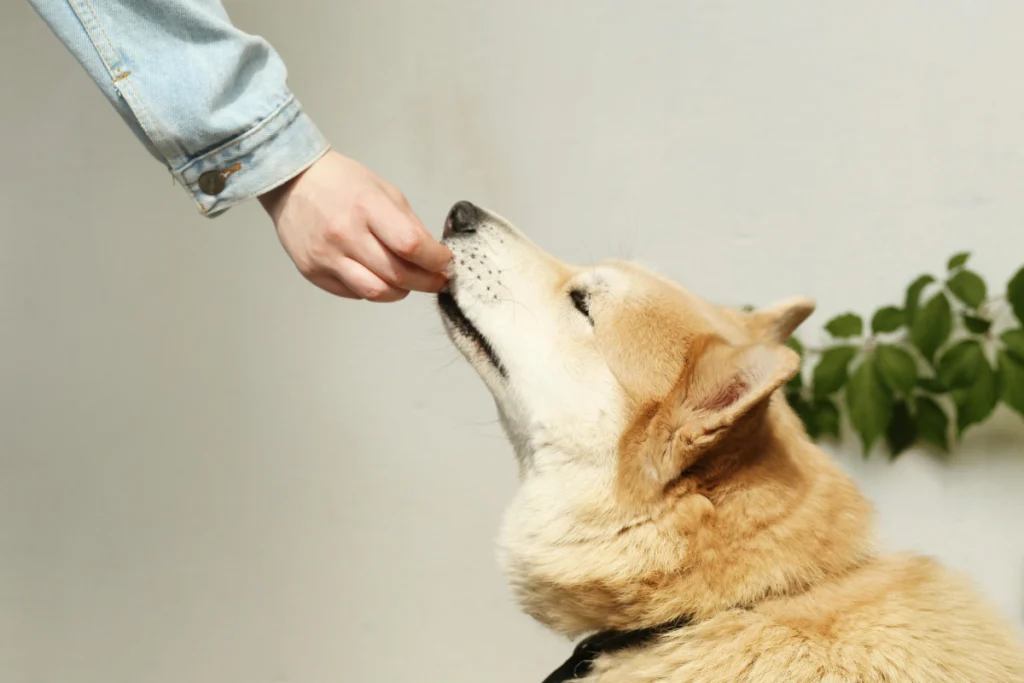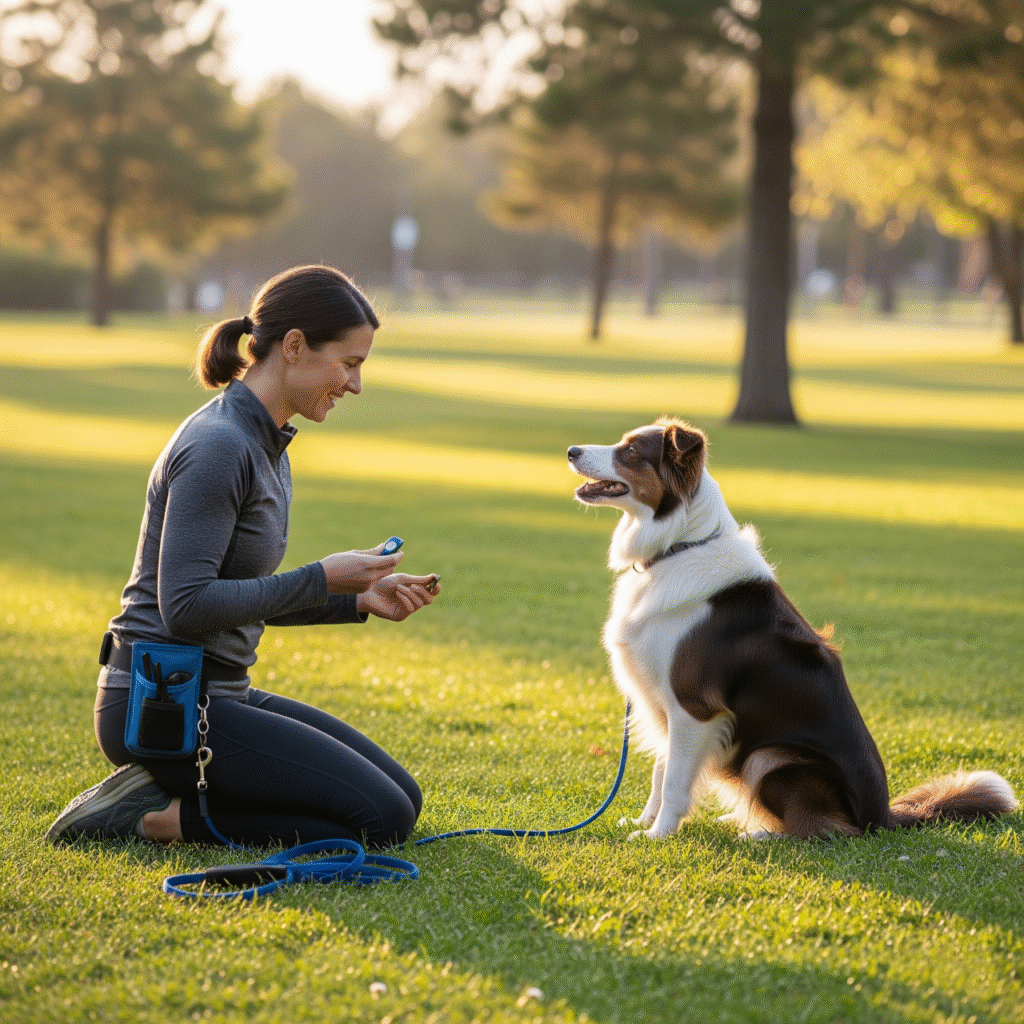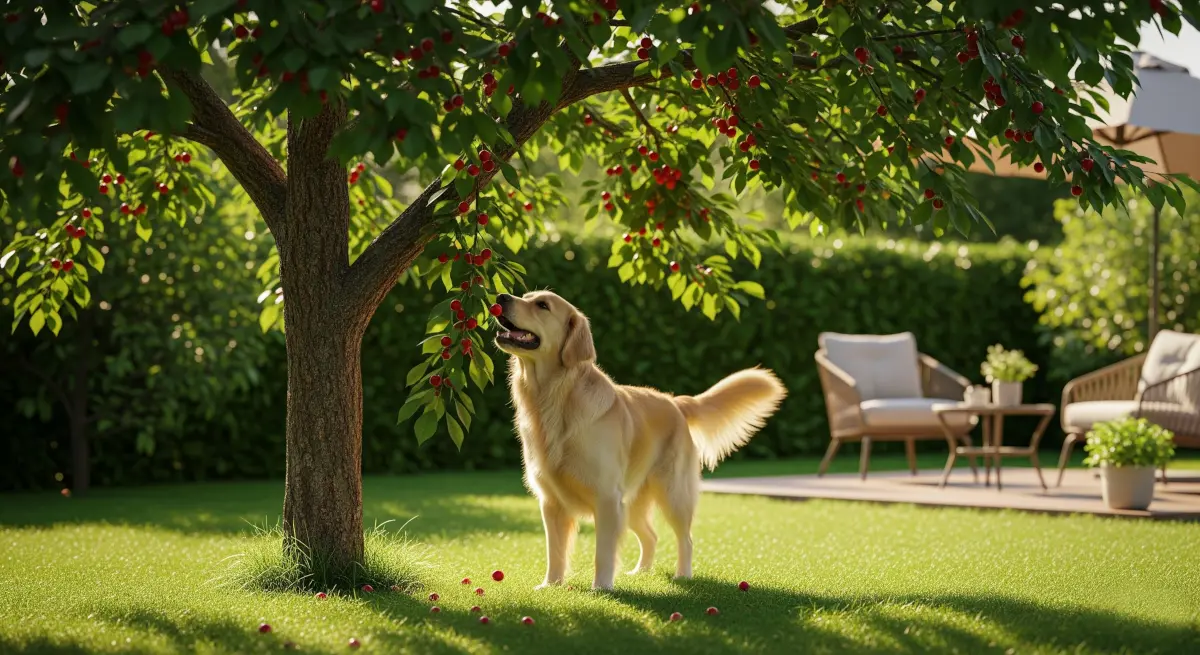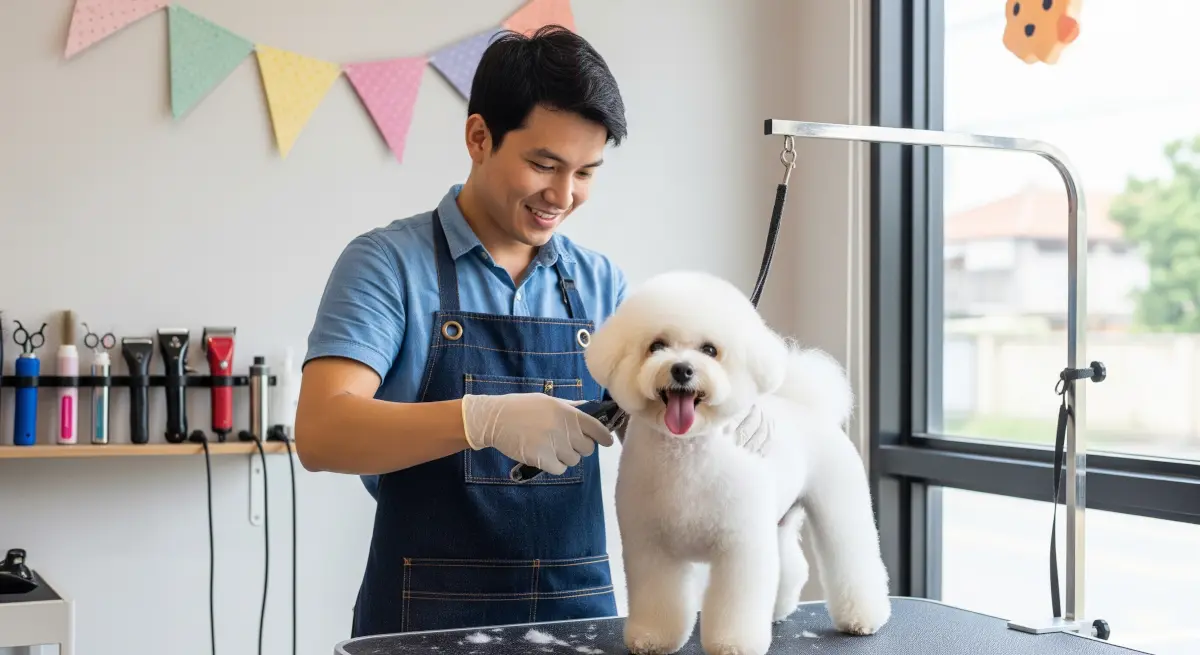Teaching dog obedience is far more than simple command training—it’s a comprehensive journey into understanding canine psychology and building meaningful communication with your furry companion. Did you know that 68% of American households own a pet, yet only 25% of dog owners feel confident in their training abilities? This guide will transform your approach to dog training by exploring the scientific foundations of canine learning, revealing how your dog’s mind works, and providing you with proven methods of dog training that create lasting behavioral changes.
You’ll discover the psychological principles that govern how dogs process information, learn new behaviors, and respond to different training stimuli. We’ll explore how various training methods impact your dog’s emotional and cognitive development, and identify the key variables that determine training success. Whether you’re a first-time dog owner or looking to refine your training approach, this comprehensive guide will establish the foundation for effective, science-based dog education.
What You’ll Learn in This Guide:
- Understanding Canine Psychology and Learning
- The Science Behind How Dogs Learn
- Evidence-Based Methods of Dog Training
- Variables That Influence Training Success
- Building Clear Communication Systems
- Advanced Training Considerations
Understanding Canine Psychology and Learning
Teaching dog obedience begins with understanding that your dog’s mind operates differently from humans. Dogs are primarily associative learners, meaning they connect experiences, actions, and consequences to form behavioral patterns. Unlike humans who can understand abstract concepts and delayed consequences, dogs live in the immediate moment and learn through direct cause-and-effect relationships.
The canine brain processes information through sensory experiences—smell, sight, sound, touch, and taste—with scent being their dominant sense. This means your dog interprets the world through a complex tapestry of smells that provide information about emotions, intentions, and environmental changes. Understanding this sensory priority helps explain why dogs might not respond to verbal commands when distracted by interesting scents.
Dogs also possess remarkable emotional intelligence and can read human body language, facial expressions, and vocal tones with extraordinary accuracy. Research shows that dogs can distinguish between happy and angry human faces, and they respond differently to various emotional states. This emotional sensitivity makes the trainer’s mindset and approach crucial to successful obedience training.
Pack dynamics play a significant role in canine psychology, though modern understanding has evolved beyond the outdated “alpha dog” theory. Today’s science reveals that dogs seek clear, consistent leadership rather than dominance-based relationships. They thrive in structured environments where expectations are clear and rewards are predictable.
Memory formation in dogs occurs through repetition and emotional significance. Positive experiences create stronger, more lasting memories than neutral ones, which is why reward-based training often proves more effective than punishment-based approaches. Your dog’s ability to generalize learning—applying lessons from one context to another—depends on consistent practice across various environments and situations.
The Science Behind How Dogs Learn
The foundation of effective teaching dog obedience lies in understanding two primary learning mechanisms: classical conditioning and operant conditioning. These scientific principles explain exactly how dogs acquire new behaviors and modify existing ones.
Classical conditioning, first demonstrated by Ivan Pavlov, involves creating associations between neutral stimuli and meaningful responses. In practical training, this means your dog learns to associate specific cues (like the sound of a clicker or your voice saying “sit”) with positive outcomes (treats, praise, or play). Over time, the cue itself becomes rewarding and motivating for your dog.
Operant conditioning, developed by B.F. Skinner, focuses on how consequences shape behavior. This learning process includes four key components: positive reinforcement (adding something good), negative reinforcement (removing something unpleasant), positive punishment (adding something unpleasant), and negative punishment (removing something good). Modern methods of dog training emphasize positive reinforcement as the most effective and humane approach.
Timing plays a critical role in both conditioning types. Dogs make associations within 1-3 seconds of an action, meaning immediate feedback is essential for clear learning. Delayed rewards or corrections often create confusion because your dog cannot connect the consequence to the specific behavior you’re trying to address.
The concept of reinforcement schedules significantly impacts training effectiveness. Continuous reinforcement (rewarding every correct response) works best for teaching new behaviors, while intermittent reinforcement (rewarding some correct responses) helps maintain learned behaviors over time. Variable ratio schedules—where rewards come unpredictably—create the strongest behavioral maintenance, similar to how slot machines keep people engaged.
Neuroplasticity research shows that dogs’ brains remain adaptable throughout their lives, meaning older dogs can absolutely learn new behaviors. However, the rate of learning and the ease of changing established patterns vary with age, individual temperament, and previous experiences. This scientific understanding helps set realistic expectations for training timelines and outcomes.

Evidence-Based Methods of Dog Training
Modern methods of dog training have evolved significantly from traditional dominance-based approaches. Today’s most effective techniques are grounded in positive reinforcement principles that work with your dog’s natural learning processes rather than against them.
Positive Reinforcement Training forms the cornerstone of contemporary dog education. This method involves immediately rewarding desired behaviors with treats, praise, toys, or other valuable resources from your dog’s perspective. The key is identifying what truly motivates your individual dog—some prefer food rewards, others value play or attention more highly. Positive reinforcement creates eager, confident learners who actively participate in the training process.
Clicker Training utilizes a small device that makes a consistent clicking sound to mark the exact moment your dog performs a correct behavior. The clicker serves as a “bridge” between the action and the reward, providing precise timing that helps your dog understand exactly what earned the reward. This method is particularly effective for teaching complex behaviors or working with sensitive dogs who might be overwhelmed by verbal praise.
Lure and Reward Training involves using treats or toys to guide your dog into desired positions, then rewarding the successful completion. For example, holding a treat above your dog’s head and slowly moving it backward will naturally cause most dogs to sit. Once the behavior is established, the lure is gradually faded while maintaining the reward system.
Capture Training focuses on rewarding naturally occurring behaviors that you want to encourage. When you catch your dog performing a desired action spontaneously—like lying down calmly or coming when called—you immediately mark and reward the behavior. This method is excellent for reinforcing good manners and impulse control.
Shaping involves breaking complex behaviors into small, manageable steps and rewarding approximations of the final goal. This technique is invaluable for teaching advanced commands or helping dogs with physical limitations achieve modified versions of standard behaviors. Patience and clear criteria for each step are essential for successful shaping.
Environmental management complements these active training methods by setting your dog up for success. This involves controlling your dog’s surroundings to prevent unwanted behaviors while encouraging good ones. Baby gates, crate training, and removing tempting items help create learning-friendly environments where positive behaviors are more likely to occur naturally.
Variables That Influence Training Success
Teaching dog obedience success depends on multiple interconnected factors that savvy trainers learn to identify and adapt to. Understanding these variables allows you to customize your approach for optimal results with your individual dog.
Individual Temperament significantly impacts how your dog responds to different training approaches. Confident, outgoing dogs often respond well to enthusiastic praise and varied training activities, while shy or anxious dogs may need quieter, more patient approaches with higher-value rewards. Some dogs are naturally eager to please, while others are more independent and require creative motivation strategies.
Age and Developmental Stage influence learning capacity and appropriate training expectations. Puppies between 8-16 weeks are in a critical socialization period where they’re exceptionally receptive to new experiences and learning. Adult dogs bring established behavior patterns that may need modification, while senior dogs might have physical limitations that require training adaptations. However, dogs of all ages can learn—the approach and timeline may simply need adjustment.
Breed Characteristics provide valuable insights into your dog’s natural inclinations and potential training challenges. Herding breeds often excel at commands requiring focus and precision but may struggle with “stay” commands due to their action-oriented nature. Hounds might be easily distracted by scents, while terriers may need extra motivation to choose cooperation over independence. Understanding breed tendencies helps set realistic expectations while avoiding harmful stereotypes.
Previous Experiences and learned associations dramatically impact training progress. Dogs with positive training histories often learn new commands quickly and eagerly engage in training sessions. Those with negative experiences may show fear, reluctance, or stress responses that require patient rehabilitation before effective learning can occur. Rescue dogs often need time to decompress and build trust before complex training can begin.
Trainer Consistency perhaps influences success more than any other variable. Dogs thrive with clear, consistent rules and expectations from all family members. Mixed messages—where one person allows jumping while another discourages it—create confusion and slow learning progress. Successful training requires agreement on commands, rewards, and consequences among all household members.
Environmental Factors including training location, distractions, and timing affect learning outcomes. Starting training in quiet, familiar environments allows your dog to focus on learning new behaviors. Gradually increasing distractions and changing locations helps generalize commands to real-world situations. Training when your dog is alert but not overly excited typically produces the best results.
Building Clear Communication Systems
Effective teaching dog obedience transforms from command-giving to establishing a two-way communication system where both you and your dog understand each other’s signals and expectations. This communication foundation determines the success of all future training efforts.
Clear verbal cues form the basis of most training communication. Choose simple, distinct words for each command—”sit,” “stay,” “come,” “down”—and use them consistently. Avoid using your dog’s name as a command; instead, use it to get attention before giving the actual instruction. Speaking in a calm, confident tone helps your dog understand you’re providing guidance rather than emotional reactions.
Body language often communicates more powerfully than words. Dogs read human posture, hand movements, and facial expressions with remarkable accuracy. Leaning forward might encourage your dog to come closer, while stepping backward can help teach “stay” commands. Maintaining upright, confident posture signals leadership, while crouching down often invites friendly interaction.
Timing your communication creates crystal-clear learning opportunities. Mark desired behaviors the instant they occur—not a second later when your dog has moved on to something else. This precise timing helps your dog understand exactly which action earned the reward, accelerating the learning process significantly.
Reading your dog’s communication helps you adjust training approaches in real-time. Stress signals like panting, pacing, or avoiding eye contact indicate your dog needs a break or different approach. Signs of engagement like focused attention, tail wagging, and eager participation show your methods are working effectively. Learning to interpret these signals prevents training sessions from becoming overwhelming or counterproductive.
Establishing training routines creates predictable communication patterns that dogs find comforting and motivating. Regular training times, consistent reward systems, and clear session beginnings and endings help your dog understand when learning opportunities are available and when they can relax.
Advanced Training Considerations
Once basic obedience foundations are established, teaching dog obedience can expand into more sophisticated behavioral development that enhances your dog’s cognitive abilities and strengthens your relationship bond.
Impulse control exercises build mental discipline and emotional regulation. Teaching your dog to wait for permission before eating, going through doors, or greeting people develops self-control that generalizes to many life situations. These skills often prove more valuable than specific commands because they address the underlying impulses that drive unwanted behaviors.
Generalization training ensures your dog responds reliably across different contexts, locations, and distraction levels. A dog who sits perfectly in your living room but ignores the command at the dog park hasn’t fully learned the behavior. Systematic practice in various environments with gradually increasing distractions helps solidify learning and creates truly reliable responses.
Cognitive enrichment activities challenge your dog’s problem-solving abilities while reinforcing obedience skills. Puzzle toys, scent work, and training games that require your dog to think through solutions provide mental stimulation while maintaining the training relationship. These activities often reveal your dog’s individual learning style and preferences.
Advanced behavioral modification addresses specific issues like reactivity, anxiety, or aggression that require specialized approaches beyond basic obedience training. These situations often benefit from professional guidance to ensure safety and effectiveness while maintaining the positive training relationship you’ve built.
How long does it take to see results from dog obedience training?
Most dogs show initial progress within 1-2 weeks of consistent training, with basic commands becoming reliable after 3-6 weeks of daily practice. However, complete obedience training is an ongoing process that continues throughout your dog’s life. Factors like your dog’s age, previous experiences, and individual temperament significantly influence the timeline. Young puppies often learn quickly but need frequent reinforcement, while older dogs might take longer to modify established behaviors but tend to retain learning better once achieved.
What’s the best age to start teaching dog obedience?
The ideal time to begin obedience training is during puppyhood, specifically between 8-16 weeks when dogs are most receptive to new learning. However, dogs can learn at any age with appropriate methods and patience. Adult dogs and seniors can absolutely master new behaviors, though they may need modified approaches that account for physical limitations or established behavior patterns. The key is starting training as soon as possible after bringing any dog home, regardless of age.
Should I use treats or just praise for training rewards?
The most effective approach combines both treats and praise, gradually transitioning from frequent treat rewards to intermittent treat rewards with consistent praise. High-value treats work exceptionally well for teaching new behaviors and maintaining motivation during challenging training sessions. Once behaviors are established, you can reduce treat frequency while maintaining praise, play, or other rewards your dog values. The goal is creating a dog who responds reliably whether or not treats are present.
How do I handle my dog’s selective hearing during training?
Selective hearing usually indicates that commands haven’t been fully generalized across different situations or that competing motivations (like interesting smells or distractions) are more compelling than your training rewards. Address this by practicing commands in progressively more distracting environments, ensuring your rewards are valuable enough to compete with environmental temptations, and never repeating ignored commands multiple times, which teaches your dog that immediate response isn’t necessary.
Conclusion: Building Lifelong Obedience Success
Teaching dog obedience successfully requires understanding that training is not about dominance or control—it’s about building clear communication, mutual respect, and a positive learning relationship with your canine companion. The scientific principles of canine learning, combined with consistent application of positive training methods, create the foundation for lifelong behavioral success.
Remember that every dog is unique, and effective training adapts to individual temperaments, learning styles, and life experiences. The variables that influence training success—from age and breed characteristics to your consistency as a trainer—work together to determine outcomes. By focusing on clear communication, positive reinforcement, and patient persistence, you’ll develop not just an obedient dog, but a confident, happy companion who eagerly participates in the learning process.
Start implementing these science-based training principles today, beginning with basic commands in distraction-free environments and gradually building complexity. Share your training successes and challenges with fellow dog owners, and remember that consistent practice and patience are your greatest tools for creating the well-behaved companion you’ve always wanted.





